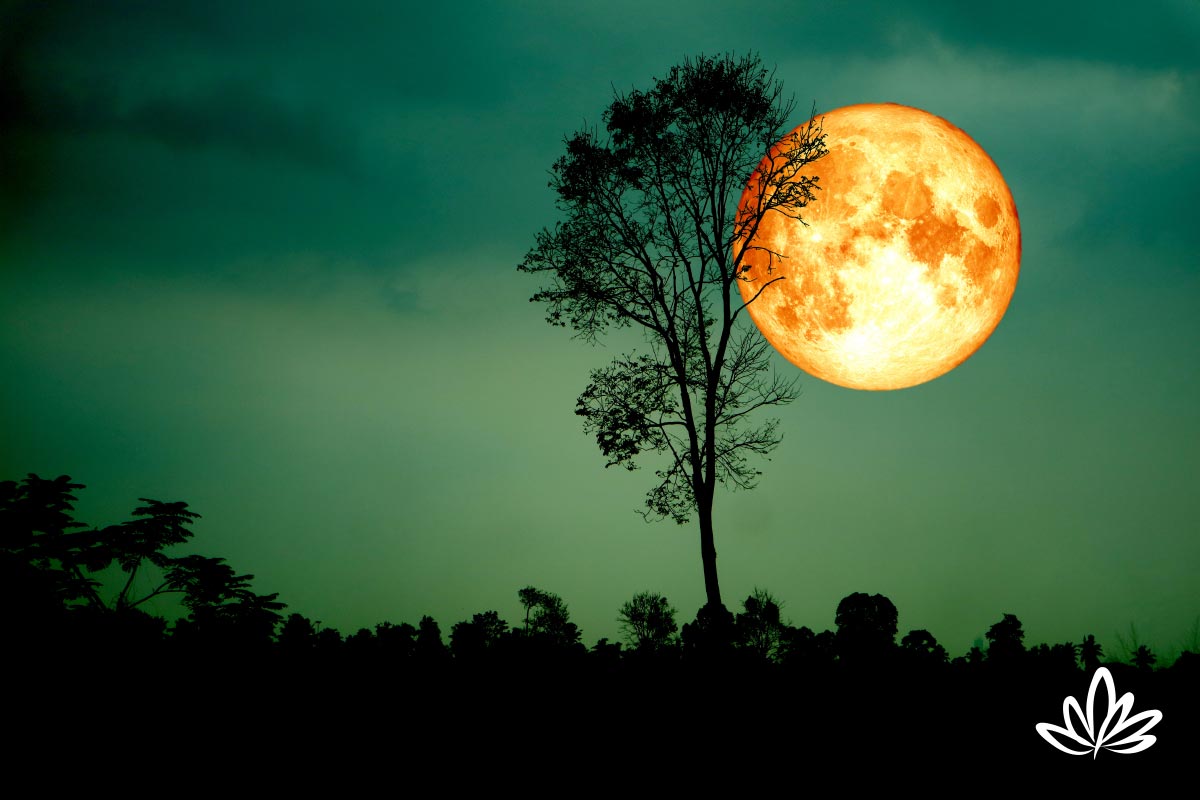
The Moon’s orbital motion (combined with the larger orbit of the Earth around the Sun) carries it farther eastward among the constellations of the zodiac from night to night. If interested, here is more detailed information about the Harvest Moon. (Warning: Scientific explanation below!)
#THE HARVEST MOON FULL#
It may almost seem as if there are full Moons multiple nights in a row!
But for the few nights around the Harvest Moon, the Moon seems to rise at nearly the same time: just 25 to 30 minutes later across the northern USA, and only 10 to 20 minutes later farther north in Canada and Europe.Īdditionally, the Harvest Moon rises at sunset and then will rise very near sunset for several nights in a row because the difference is at a yearly minimum. Usually, throughout the year, the Moon rises an average of about 50 minutes later each day. There are just a little over 12 complete Moon cycles every year, on average (there being about 29.53 days in a synodic month). The Harvest Moon isn't like the other Moons. This results in an abundance of bright moonlight early in the evening, which was a traditional aide to farmers and crews harvesting their summer-grown crops. Why Is it Called the Harvest Moon?įor several evenings, the moonrise comes soon after sunset. However, it occasionally lands in October instead, replacing the full Hunter's Moon. The Harvest Moon does typically occur in September, taking the place of the full Corn Moon. Instead, the Harvest Moon relates to the timing of the autumnal equinox(September 22, 2021), with the full Moon that occurs nearest to the equinox being the one to take on the name "Harvest Moon." This means that the Harvest Moon can occur in either September or October, depending on how the lunar cycle lines up with the Gregorian calendar. One thing that sets the Harvest Moon apart from other full Moon names is that it's not associated with a specific month, as the others are. This year's Harvest Moon will be an average full moon but will be larger than last year's which was the second smallest full moon of 2020, and 2019 when the Harvest Moon was a so-called micro or mini-moon and was the smallest full moon of that twelve-month period.This year, the brilliant Harvest Moon will appear in the evening of Monday, September 20, reaching peak illumination at 7:54 P.M. That means that the atmosphere has a greater effect on the light reflected by the moon, scattering more blue light and allowing more red light to pass through and hit our eyes. 
The moon can take an orange hue and appear larger when it is closer to the horizon because we are looking through a thicker point in the atmosphere to see it. It is claimed that the full moon is larger, brighter, and of a more orange hue during the Harvest Moon, but this generally is not the case and likely arises from the cultural influence the Harvest moon has had, and the fact that that people look for it around sunset when the moon is on the horizon, according to. The moon was therefore of massive importance in the fall as this was traditionally the time of large crop harvests.

That means that the Harvest Moon period is marked by moonlight from dusk-till-dawn for several days and there is no long period of darkness between sunset and moonrise for days.īefore the advent of electricity, farmers depended on moonlight to harvest crops. Further north, this time difference is even shorter. When a full moon happens close to the equinox in mid-temperature altitudes, moon rises happen only 20 to 25 minutes later than sunset for a few days before and after.

Usually a full moon rises at sunset and then each night after that, the moon rises around 50 minutes later. The Harvest Moon is just a name given to this particular full moon, but it does have some characteristics that make it a significant event. This year's Harvest Moon is the fourth of the Summer season, which is fairly unusual as seasons normally only have three full moons. The fact that it occurs anywhere within that four-week period means that the Harvest Moon is either the last full moon of the Summer season or the first full moon of the Autumn season.

What to Know About 2021 PJ1, the Asteroid Speeding Past Earth at 20,600mph. See Weird Dog Bone-shaped Asteroid Which Is Half the Length of Grand Canyon. Gangs of Mining Robots Could Do the Dirty Work for Astronauts on the Moon.








 0 kommentar(er)
0 kommentar(er)
